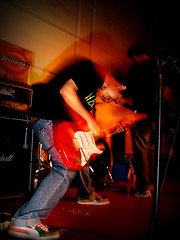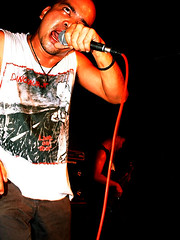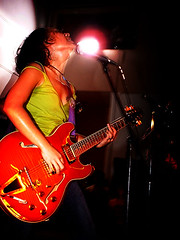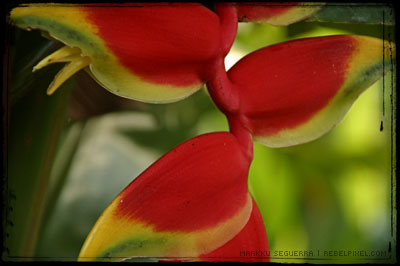How do you sharpen your photos in post–production?
Bruce Fraser discusses his two-pass sharpening approach that can be summarized into:
- Detail/Capture sharpening combined with selective creative sharpening
- Output sharpening for the desired output medium
What makes the article very interesting is his use of edge sharpening to make his image marginally “snappier,” sharpening only the important edges of an image to improve local contrast. Just as interesting, he prefers to sharpen for output using the high pass method instead the usual unsharp mask. The article explains everything thoroughly, and one of his previous articles also discusses various sharpening techniques.



